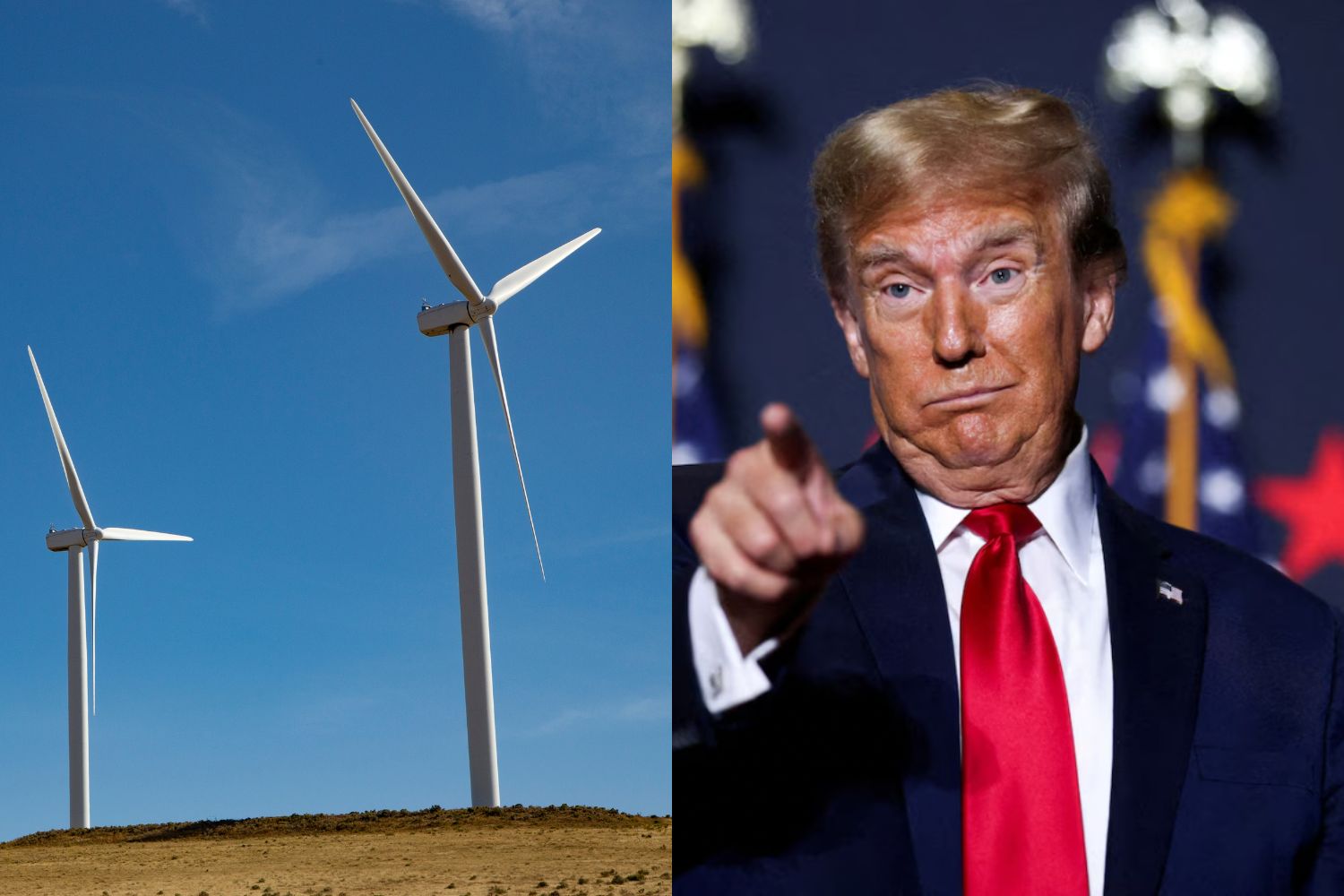New blows dealt to the fight against the climate crisis by the United States: the Trump administration has officially canceled 4 billion dollars in funding intended for the Green Climate Fund, the main global climate fund of the United Nations

@canva
During his very first day in office, the billionaire did not lose any time and signed nine executive orders aimed at starting the rollback of climate action. They include blocking renewable energy, opening protected lands to drilling, mining, and logging, and canceling all federal environmental justice initiatives.
Furthermore, Trump declared an “energy emergency” — even though U.S. oil and gas production hit a record world high — to bypass environmental protections for fossil fuel development projects. His administration also made a second announcement of withdrawal from the Paris Agreement and proposed redefining “energy resources” to exclude solar and wind, as outlined in Project 2025.
Green climate fund: U.S. commitments canceled
The Green Climate Fund (GCF) is a vital project helping over 100 countries develop adaptation and mitigation strategies to combat climate change. In a formal notice to United Nations Secretary-General António Guterres, however, United States Secretary of State Marco Rubio announced the cancellation of all United States financial commitments to the fund.
This decision jeopardizes the ecological transformation of vulnerable countries that rely on U.S. funding for green infrastructure, renewable energy investments, and protections against climate impacts. It is also a crushing setback for the Paris Agreement and for global climate action.
EPA’s environmental justice office disbanded
The New York Times reports that another pillar of United States environmental protection is being dismantled: the Environmental Protection Agency’s (EPA) Office of Environmental Justice. The office was tasked with safeguarding communities, including ethnic minorities and poor populations, from environmental harm and pollution.
The closure, as the first step to eradicate all federal environmental justice programs, is in line with Trump’s executive order to roll back environmental regulations and reduce federal role in protecting pollution-affected communities.
A dangerous trajectory: U.S. withdraws from key global agreements
On top of cutting funds to the Green Climate Fund and eliminating environmental justice protections, Trump’s presidency has sped up American isolation on global sustainability policy. The U.S. has now pulled out of the World Health Organization (WHO), the OECD global tax agreement, and the Paris Climate Accord.
Each of these actions represents a strategic withdrawal from multilateral approaches to public health and environmental protection, and it has prompted concern among specialists for the future of international efforts to combat climate change.
As the Green Climate Fund is deprived of critical support and environmental justice efforts are attacked, the outlook is grim: the U.S. is poised to undermine global efforts to preserve the planet.

